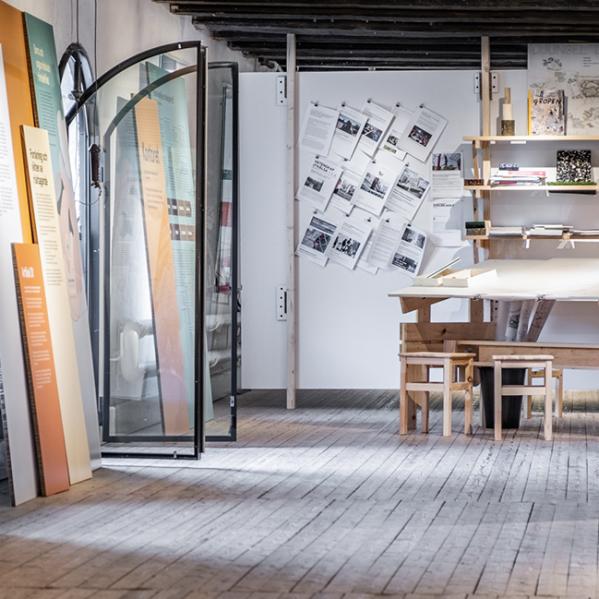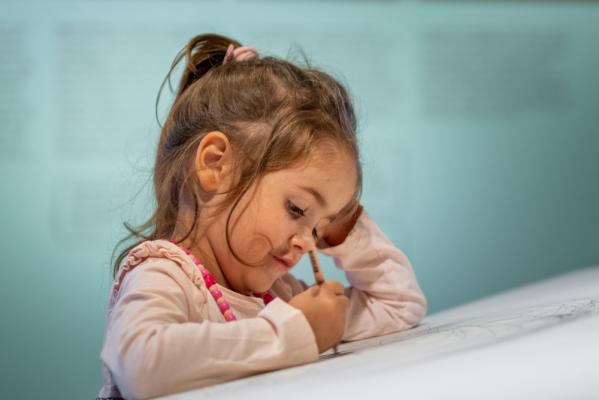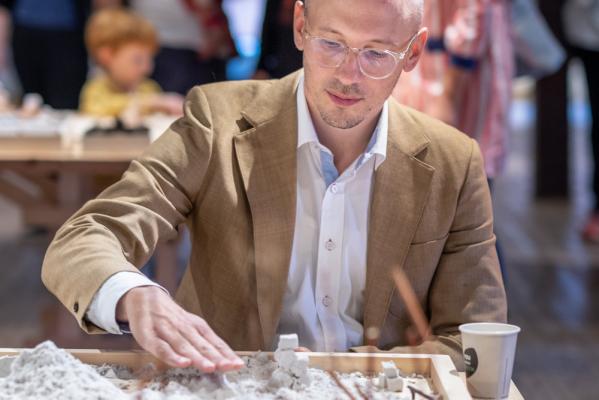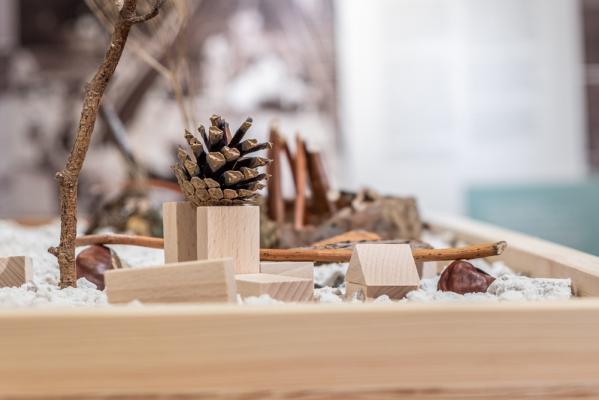A lot happened in playground design during the second half of the 20th century. In the new millennium, we are moving towards an ever-smaller area available for play and simultaneously ever-more programmed playgrounds. The exhibition LEK! aims to investigate and illustrate this shift. For the exhibition, creatives from five different fields were invited to illustrate their thoughts about play using models, films and text. The Danish landscape architects STED present a model from their ongoing project Sorøs Grønne Scene: the architectural firm of Krupinski Krupinska exhibits its proposal for how the Davidshall square in Malmö could be transformed; the dance collective Fanclub interprets play via a performance and a “score” that visitors can try for themselves. Artist Carl Boutard exhibits a playful sculptural proposal inspired by bladder wrack seaweed; and cartoonist Sara Granér together with filmmaker Tony Jageteg share ideas about play in the city. The exhibition LEK! explores the mechanisms behind why we play but also aims to provide an overview of the history and conditions of the playground. Scandinavia has a rich and largely unwritten history of created environments for play. Denmark was of particular interest to the development of the playground during the 20th century. The playground was revolutionised in Copenhagen in the 1940s, when the classically trained Danish landscape architect C. Th. Sørensen established what were called “skrammellegpladser” (junk playgrounds). These were the first adventure playgrounds and became a source of inspiration for the pioneering landscape architect Lady Allen of Hurtwood, who concisely summed up a philosophy of play with the motto “Better a broken bone than a broken spirit”. In the spirit of Sørensen, the Danish artist Palle Nielsen took the anarchical playground to a new level with the social artwork Modellen (The Model), an exhibition implemented for the first time at Moderna Museet in Stockholm in 1969, in which children’s play itself comprised the art. The exhibition broke a visitor record while simultaneously having ambitions that stretched far beyond the exhibition space. Egon Møller-Nielsen was another Copenhagen artist who in Stockholm in the 1950s created pioneering play sculptures at an intersection point between art, design and play. They became Stockholm’s first public abstract sculptures – with the play as a Trojan horse. The exhibition LEK! has interactive elements that enable visitors – both adults and children – to make impressions and sculpt their own playground – in sand with the aid of blocks or at a drawing board. For a limited time, an adventure playground will be set up at Hedmanska gården, as a replay of the one that was set up at the same place in 1976. The exhibition should be regarded as a contribution to the debate about how we design and make space for play in the urban environment. The Think Tank Movium at the Swedish University of Agricultural Sciences and Boverket (the National Board of Housing, Building and Planning) give visitors an insight into the current situation of our research into play, what the planning and design of playgrounds looks like, and what ideals, guidelines and materials are putting their stamp on playground design today.
An exhibition initiated by Form/Design Center in collaboration with Movium and curator David Ottosson.



